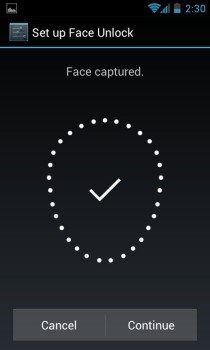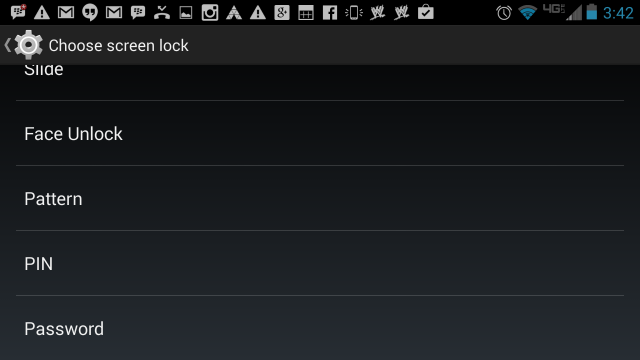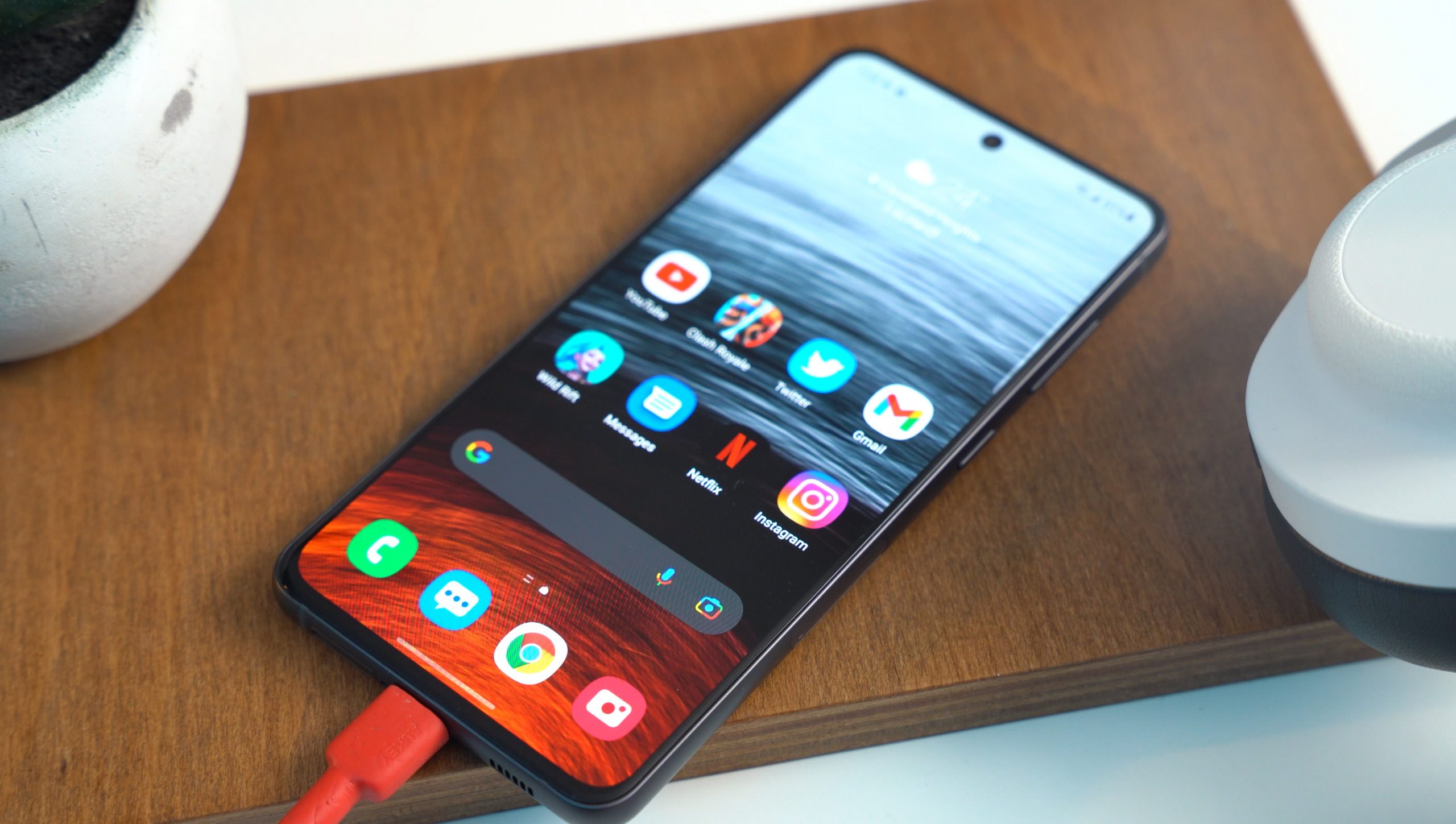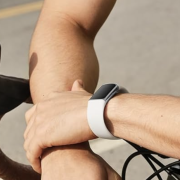We’ve discussed time and time again how important it is to maintain good smartphone security. While the basics and fundamentals may not always seem important, they often go the longest way in ensuring you stay safe.
One of those basics is setting up lock-screen protection on your Android device, so you can be sure you’re the only one who can access your phone (you know, just in case you have some sensitive information or other bits of data that you don’t desire others to say). So how’s it done? It’s quite simple, actually, so let’s just jump right into it.
Knowing your options
Most people will have one of three different ways to protect their phones from unwanted eyes. There’s some debate as to which ones are more or less secure, though that’s an entirely different story for an entirely different way. For now, it’s important to just know your options:
- Lock Pattern. Draw a unique pattern on a 3-by-3 grid of dots. The disadvantage is that if your display easily pics up fingerprints it might reveal simple patterns. Simply use a more complex pattern if you’re worried.
- 4-digit PIN code. A 4-to-17-digit numerical code, as if you were going to take cash out of the ATM. The disadvantage is that it might be easier for someone to crack than a full-blown password.
- Full-blown password. Just like signing into your Google account or any other account you have, this is likely the most secure option. The disadvantage is that it will take longer to access your phone.
It’s important to think carefully about each one, and take care to choose which one is best for you. If the password method is too long and clunky, then consider the PIN or Pattern. (Chances are you won’t need THAT much security, anyway.)
Setting up lock-screen security
Decided on which one to go with? Great! To access these options, follow these brief instructions:
- Go to the Settings menu on your device.
- Scroll down until you find “Security” or “Security and Screen Lock” and tap it. This is typically located under the “Personal” section on Android 4.2 or higher.
- Under the “Screen Security” section, tap the “Screen Lock” option. By default, this option is set to “Slide,” which means no password or pattern is needed.
- From here, select which lock type you want to use, whether it’s Pattern, PIN, or Password.
- Pattern: swipe to draw an unlock pattern you want to use. If you messed up, hit retry. Otherwise, hit continue. It will then ask you to draw that pattern again to confirm.
- PIN: insert a 4-digit PIN that you’re comfortable with. It’s a good idea not to use repeating numbers (don’t use more than two if you absolutely must). Hit continue. Re-enter the PIN to confirm.
- Password: type the password you’re comfortable with. The password must be at least 4 characters, must be no more than 17 characters, and must contain at least 1 letter. Use an alphanumerical password with symbols that’s at least 8 characters long for ultimate security, but anything will do. Hit continue. Re-enter the password to confirm.
Check out the latest Mobile Testing Tools
No matter which option you chose, you should now be asked to enter your pin every time you wake your device. From here, you’ll want to explore different options you have for making it less annoying to access your phone.

Other options
Some phones might have even more options for lock-screen security. Most newer phones with front-facing cameras should have an option for Face Unlock, though it might not be as practical for typical usage (for instance, you may have trouble unlocking your phone in low light, and someone with a photo of you could simply use that to unlock it).
Some special phones — such as the HTC One Max — even give you a fingerprint scanner. We won’t go into detail about setting some of these options up in this article, but consult your device’s manual to figure out how to take care of all of that.
Advanced settings
Check for settings that will allow you to set a time limit that will keep your phone unlocked until that timer is up. You should also have settings for locking the device anytime the power button is pressed, regardless of what you have the timer set to.
This is useful for those times where you anticipate checking your phone often in a short period of time (for instance, if you’re texting back and forth with a friend), but don’t want to have to use access codes to unlock your phone every single time.
Make sure you know your Google account password
One last thing before we wrap this up — know your Google password. Know it well. If you don’t know it, then go recover your account and set it to something you can remember. This is important because if you ever forget your PIN, password, or pattern, you’ll be locked out after a number of incorrect tries, and your only option to get back in is to use your Google password (otherwise, you’ll have to resort to a factory reset, which wipes all your data).
That’ll do it for you, folks. Whether you need peace of mind that your children won’t call people in your address book or you want to keep prying eyes away from those naughty pictures you’ve been exchanging with your significant other, these tips will help you keep a pretty nice padlock on your phone in the event that it gets into the wrong hands.











That first picture makes me cringe from all those notifications…
Delayed Lock is a good app for vanilla Android users that want a little more flexibility. You can delay lock beyond 30 minutes, stop locking when on certain WiFi networks, when plugged in to a charger, connected to certain Bluetooth devices, etc.
And don’t forget to write your name and an alternate phone number or email in the Owner Info section of the lock screen just in case you lose your phone.
I recommend using a password wallet too. One can find them on Google Play or Amazon. Use a different password to open the wallet as the compared to the phone password. We all have too many passwords to remember for accounts we infrequently use. Also, have a hint that makes sense to you. If your password is 1234, then your hint should be something like Ice Cream Store on Main Street, which happens to have the address of 1234. That way if someone tries to use the password reset, the hint won’t be of much use to them as they may think the password is Baskin or Swensons.
Don’t forget that more recent versions of Android have a liveness check for Face Unlock, making it more secure. Unless someone has a GIF of you, but then you have bigger issues at that point
I keep my phone unlocked just in case I get hurt somewhere. Android should bake in the ability to set 2 or 3 people as emergency contracts that can be dialed from the lock screen.
It does have that ability. On my GS4, if you store contacts in the ICE – Emergency Contacts group in your google contacts, it lets you dial it from the locked phone. At the bottom of the lockscreen is Emergency Dialer. This can call 911/999/112 or the special contacts you stored under ICE.
CyanogenMod has “Owner Info” that you can setup to show whatever you want on the homescreen (such as an ICE phone number). I imagine other ROMs must have something similar.
That should be a function of phones in general. I think it’s under display. I always set it up to be some quote.
On my unlock screen I have an address of where to return my phone and a phone number to call if in case of emergency
on my nexus 5 I Go it Security and then under owner info check the box for show owner info on lock screen and then enter in the info to show up on the lock screen.
The next version of Android really needs a “Location-based Lockscreen”. It was rumored for KitKat, but didn’t make the cut.
ATM I still use Tasker + SecureSettings to accomplish this. It disables my lockscreen when I’m at home and other secure locations, and switches back to pattern lock when outside those geofences. It’s a little hacky, but it works. Should be baked in for everyone to use, as I imagine a lot of people use insecure lockscreens because it’s annoying to be secure ALL THE TIME.
I would probably use the PIN, but it isn’t as nice as on the iPhone. When you enter your PIN on Android, you have to press the Enter key. The iPhone just unlocks after the fourth number is entered. I just don’t like that extra button press. Functionally, the Enter button serves no purpose in this instance because we know how many digits the PIN is. If it was a password, you definitely need the Enter button because passwords are of varying lengths.
You can have more 4 – 17 so unlocking after the first 4 numbers have been put in would just make people with 4 number pins more insecure.
Pattern unlock is more secure: http://www.zdnet.com/blog/security/iphone-passcode-lock-bypass-vulnerability-again/7544
“and someone with a photo of you could simply use that to unlock it”
Uh, no. You can set it to use a “liveness check” which solves that issue.
“The disadvantage is that if your display easily pics up fingerprints it might reveal simple patterns. ”
Uh, no. No one has EVER had their phone broken into due to finger patterns. Not even the FBI could do it: http://www.wired.com/threatlevel/2012/03/fbi-android-phone-lock/
Seriously Quentyn, I expected better from you.
I want to lock my phone, but I don’t like putting in a pin/pattern every single time I use it. If I set a timeout window, then within that timeout window there is no lock at all and I end up pocket dialing, etc. Why isn’t there option to use swype lock up until the timeout window and then switch to a secure lock?